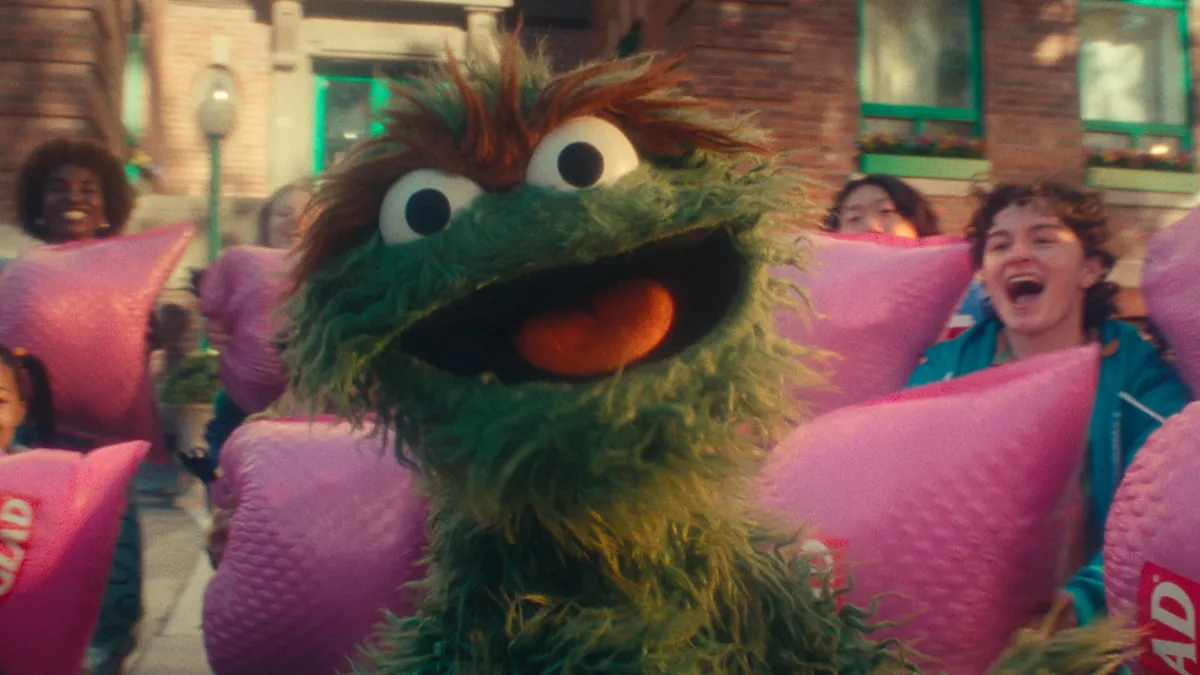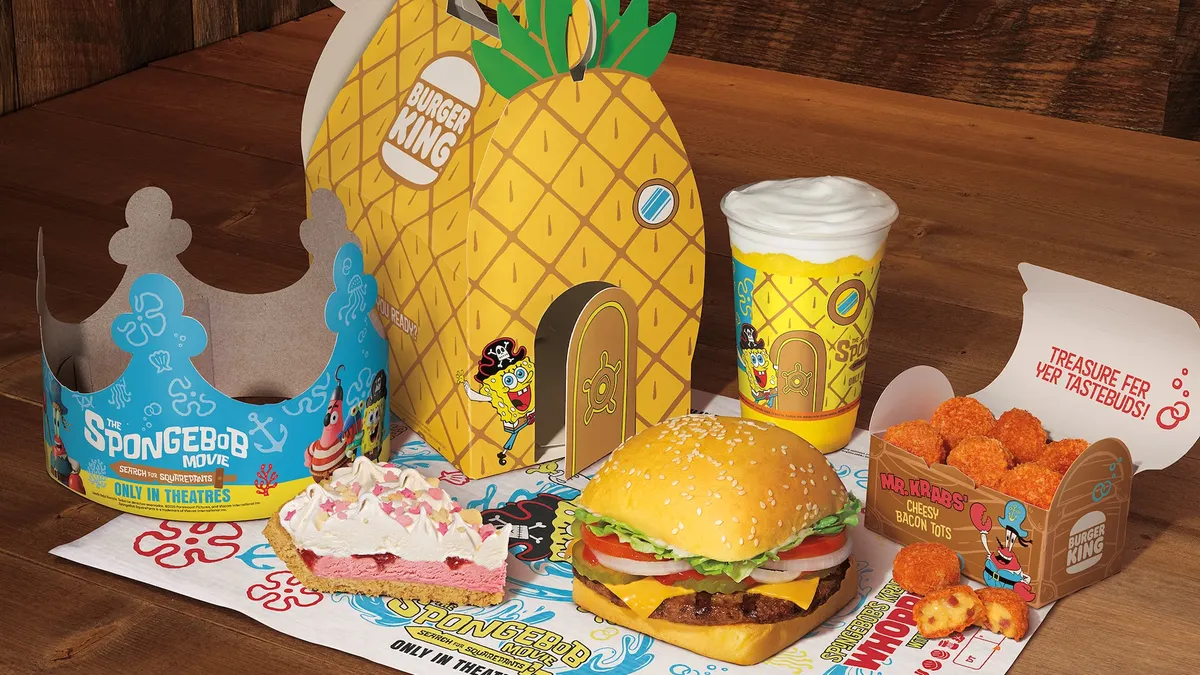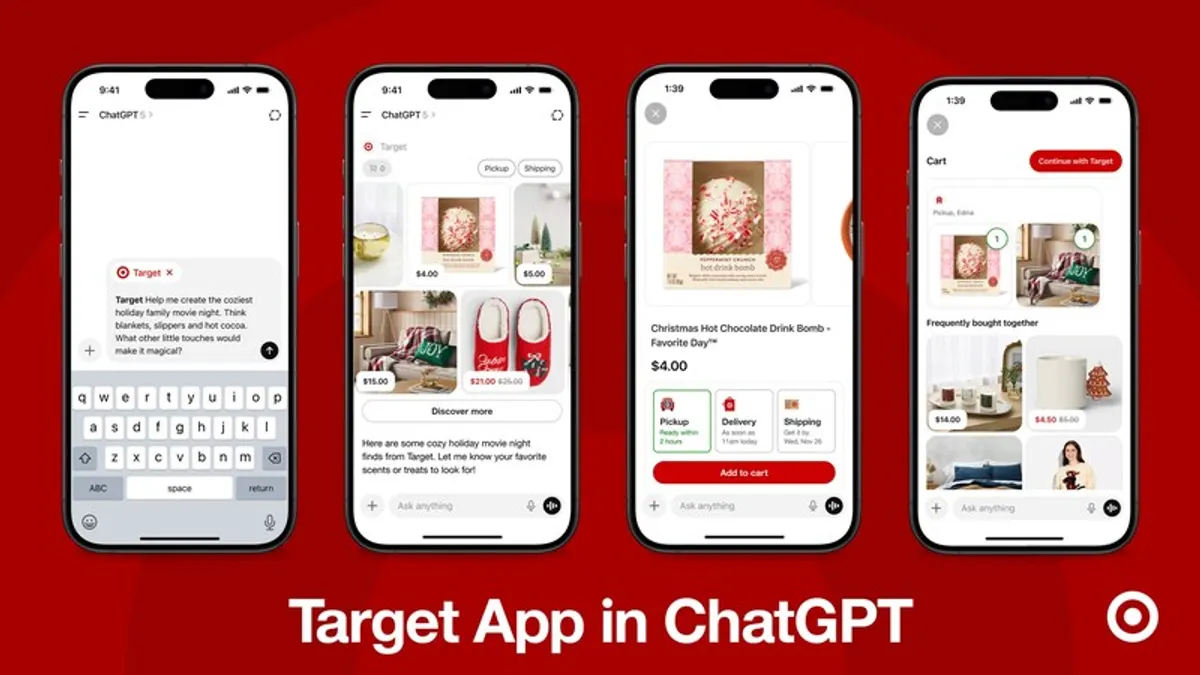As we draw closer to the end of the year, it’s important to reflect on the lessons of 2013, as they can reveal much about where the industry may be headed in the coming year. Many technologies that gained traction this year are likely to see continued growth through 2014, altering the face of the business for years to come.
From programmatic to native advertising, these five marketing trends are sure to continue making their presence felt through 2014.
1. INCREASE IN MOBILE REAL-TIME BIDDING
The shift to real-time bidding and programmatic options has been pervasive in advertising overall. Even major publishers that previously resisted the change are giving in to what advertisers want and offering programmatic options. For example, The New York Times recently hired its first-ever programmatic advertising director to guide its transition to programmatic, and USA Today opened up an ad exchange earlier this year to experiment with the process.
Combine the growing overall trend of real-time bidding with the fact that more than half of U.S. adults have a smartphone, and 91% own some sort of cell phone, and you have a growing opportunity for mobile advertising. The push will come from B2C ad buyers, as they want to reach audiences where they are — on their mobile devices. An AdExchanger mobile roundup earlier this year predicted mobile RTB to increase to about 30% of the market share by the end of 2013. That percentage is likely to grow significantly in 2014.
For B2B marketers, making the shift to mobile and, eventually, real-time bidding will also happen in 2014. According to this year’s report from Forrester, “The Social Behaviors of Your B2B Customers,” 79% of B2B customers are active on social media. Combine that with the fact that Facebook reports 48% of its users are on mobile (Twitter skews even higher at 75%), and B2B marketers have plenty of reason to take advantage of mobile social ads. Twitter just purchased MoPub to expand native and real-time bidding capabilities for mobile, and it’s rumored that Facebook’s RTB exchange will expand into mobile soon.
2. MORE WEARABLE TECH = NEW OPPORTUNITIES
While wearable technology isn’t new, the industry and devices are making a shift. With the introduction of Google Glass, smart watches and a slew of wearable fitness devices like FitBit, Nike Fuel and Jawbone, the industry has grown significantly in the past few years.
For marketers, this means new opportunities to use that technology to reach users. Some retail brandss are repositioning themselves with tech platforms in an effort to offer added value to their customers, as with UnderArmour’s recent purchase of fitness app MapMyFitness.
The popularity of wearable tech won’t only benefit consumer brands, but also B2B. It has been predicted that wearable tech will be increasingly used as a productivity tool for professionals in the medical, rescue, manufacturing and warehouse sectors. Look for partnerships that provide employee teams with wearable tech devices.
3. MARKETERS TAKE FACEBOOK SPEND TO TWITTER AND OTHER NETWORKS
It’s not that Facebook will be forgotten, it’s just that the platform has reached a certain plateau. There was plenty of buzz about teens in particular leaving the Facebook for platforms like Twitter, Instagram, Tumblr and Snapchat. Overall, it’s less a matter of users actually leaving Facebook and more that consumers are becoming multi-platformers. These other platforms open up opportunities to cut through some of Facebook's noise and reach a more targeted group of users.
With Twitter’s recent IPO, Tumblr’s acquisition by Yahoo and subsequent ad options from both — as well as apps like Snapchat and WhatsApp looking for ways to monetize — there will be plenty of new advertising and marketing opportunities in social media in 2014. A recently released study from Marketing Profs, Content Marketing Institute and Bright Cove says that 85% of B2B marketers are already using Twitter for their marketing efforts. It's not hard to imagine those numbers increasing as the site continues to try the new ad options Twitter introduced in recent months, like mobile targeting and automatic image previews.
B2C marketers are more likely to find apps like Snapchat appealing. The few brands that have utilized the platform so far, like Taco Bell and frozen yogurt chain 16 Handles, have been looking to reach the young consumers who make up the bulk of the Snapchat’s user base.
4. COOKIE-FREE AD-TARGETING
With an increasing number of software companies adding features to browsers that block cookies, advertisers are searching for new ways to target ads. Both Mozilla's Firefox and Apple’s Safari have implemented features allowing users to browse the Web cookie-free. These developments have many advertisers worried — so much so that a group of smaller ad-dependent businesses have taken the issue to Congress.
The move to a cookie-free world, however, seems unlikely to lose momentum, so many ad-dependent companies are coming up with alternatives. Some — like Google, Pandora and Microsoft — are taking advantage of valuable first party data, while others — like ad tech firm Xaxis — are working to develop a universal “statistical ID” that could be used across the board in place of cookies.
B2C advertisers who rely heavily on cookies for ad targeting, especially online retailers, could really be at a disadvantage if they have to switch methods. The power will likely fall into the hands of large companies who have a wealth of first-party data. Here's looking at you, Facebook and Google.
5. MORE AUTOMATED NATIVE AD NETWORKS
There’s no fighting that native ads are here to stay. More and more brands are adopting and innovating them. For example, Complex Media recently released a long-form multi-media native ad for Converse sneakers inspired by The New York Times' long-form journalism piece “Snow Fall.”
What's holding some publishers and advertisers back, though, is the amount of time and resources native ads can sometimes demand. Some publishers, like The Huffington Post, Vox Media and Gawker, have built entire departments devoted to native. That’s just not feasible for every publisher and advertiser.
That’s why startups, like Nativo, Sharethrough and Publish2, who are working on ways to make native ads scalable will become more important as the trend continues. Essentially, these startups have built ad networks that mimic those that exist for display ads. The platforms offer standardization and ease of implementation for native in a way that hasn’t been available before. Expect automated buying for native ads to become more commonplace as 2014 progresses.
B2C marketers are likely to see the benefit from automated native ad networks at first, mostly because the publications doing that form of advertising are consumer-focused. As more business-focused publications join automated native ad networks, B2B marketers will be hopping on board.
Would you like to see more marketing industry news and information like this in your inbox on a daily basis? Subscribe to our Marketing Dive email newsletter! You may also want to check out Marketing Dive's look at 5 alternatives in development for a cookie-free world.



















